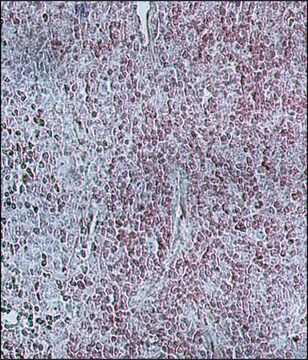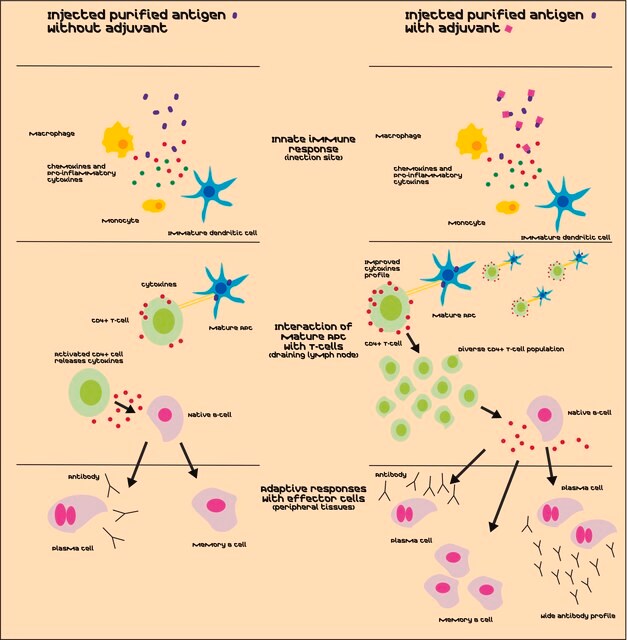About This Item
Recommended Products
grade
Laboratory Reagent
vapor density
2.9 (vs air)
vapor pressure
168.8 mmHg ( 37.7 °C)
77 mmHg ( 20 °C)
Assay
≥99.8%
form
liquid
autoignition temp.
500 °F
expl. lim.
9 %
evapn. residue
≤0.005%
refractive index
n20/D 1.426 (lit.)
bp
80.7 °C (lit.)
mp
4-7 °C (lit.)
solubility
ethanol: miscible(lit.)
water: insoluble(lit.)
density
0.779 g/mL at 25 °C (lit.)
SMILES string
C1CCCCC1
InChI
1S/C6H12/c1-2-4-6-5-3-1/h1-6H2
InChI key
XDTMQSROBMDMFD-UHFFFAOYSA-N
Looking for similar products? Visit Product Comparison Guide
Related Categories
General description
Application
- Direct Extraction and Determination of Free Nicotine: Highlights the use of cyclohexane as a solvent in the analytical processes for detecting harmful substances in environmental samples(Li et al., 2024).
Other Notes
Signal Word
Danger
Hazard Statements
Precautionary Statements
Hazard Classifications
Aquatic Acute 1 - Aquatic Chronic 1 - Asp. Tox. 1 - Flam. Liq. 2 - Skin Irrit. 2 - STOT SE 3
Target Organs
Central nervous system
Storage Class Code
3 - Flammable liquids
WGK
WGK 2
Flash Point(F)
-4.0 °F - closed cup
Flash Point(C)
-20 °C - closed cup
Certificates of Analysis (COA)
Search for Certificates of Analysis (COA) by entering the products Lot/Batch Number. Lot and Batch Numbers can be found on a product’s label following the words ‘Lot’ or ‘Batch’.
Already Own This Product?
Find documentation for the products that you have recently purchased in the Document Library.
Customers Also Viewed
Our team of scientists has experience in all areas of research including Life Science, Material Science, Chemical Synthesis, Chromatography, Analytical and many others.
Contact Technical Service










